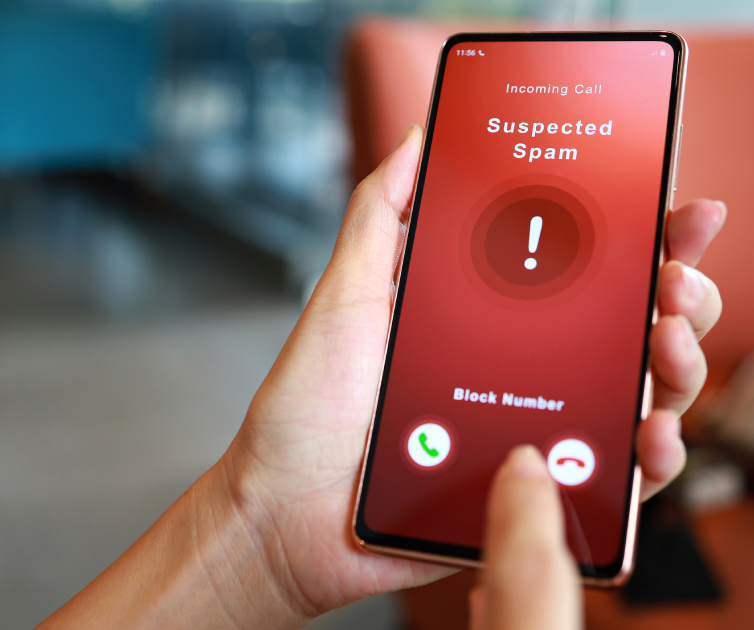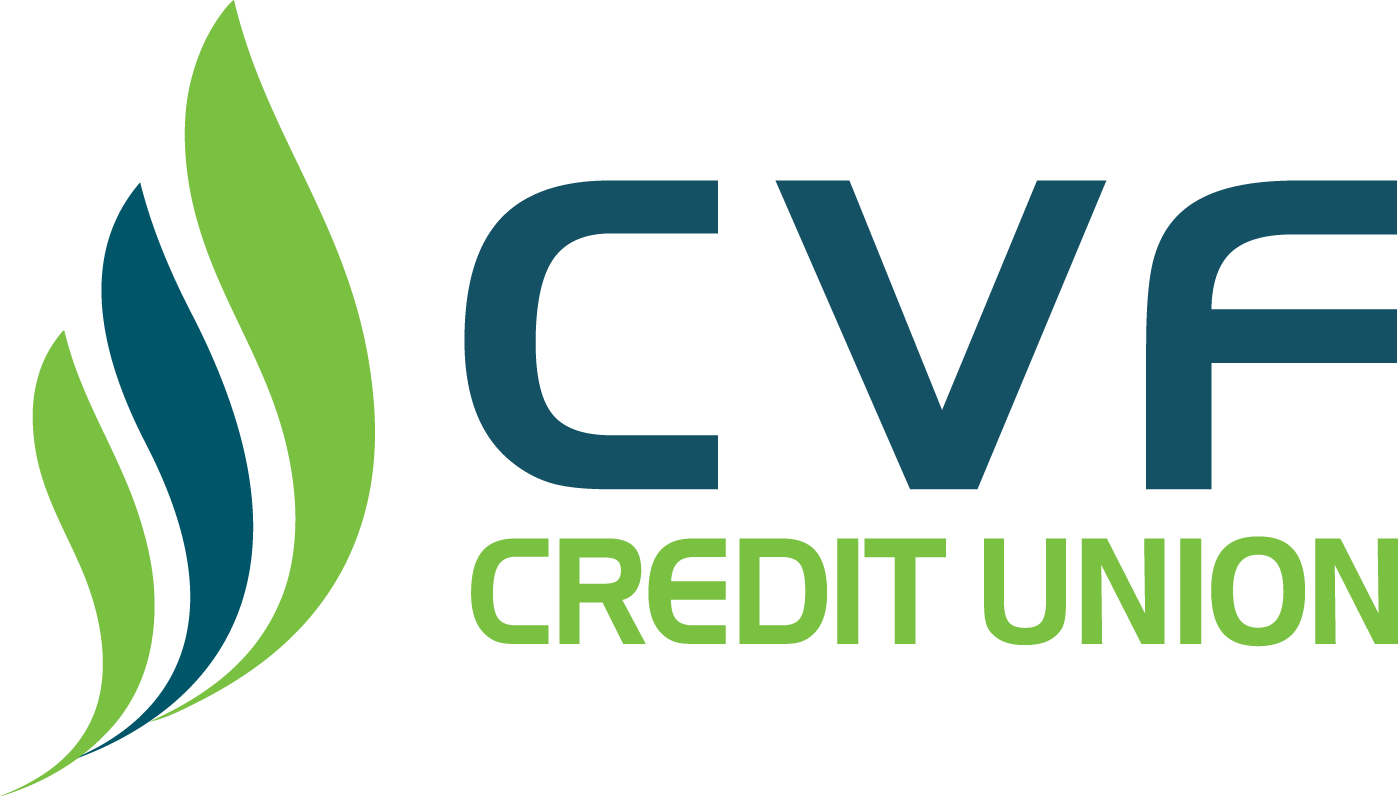
Scams in 2023: How to Protect Yourself from Fraud
From shopping and banking to socializing, the digital world has become an integral part of our lives. But with increased access to our personal data comes an increased risk of fraud and cybercrime. This article will look at the essential elements of fraud prevention in 2023 and provide tips on protecting yourself from fraud in this digital world.
Different types of fraud and common scams
Fraudsters are constantly coming up with new ways to scam people, so it’s important to be aware of the different types of scams to protect yourself from fraud. Here are some essential elements of fraud and common scams:
Phishing
This is a type of online fraud where fraudsters send emails or texts pretending to be from a legitimate organization, such as your bank or credit card company. They will try to trick you into disclosing personal information like your login details or account numbers.
Identity theft
This is when someone steals your personal information and uses it to commit fraud, like opening new credit cards or filing for tax refunds in your name.
Card skimming
This is when a fraudster attaches a device to a card reader, like an ATM, to capture the information stored on the magnetic stripe of credit and debit cards. They can then use this information to clone your card and make unauthorized transactions.
Lottery scams
This is where fraudsters contact you out of the blue and tell you that you have won a lottery or sweepstakes. They will then ask you to provide your personal information or pay a fee to collect your “winnings.”
Spoofed websites and apps
Cybercriminals can use AI to create fake websites and apps that look identical to legitimate ones. These spoofed websites and apps are used to collect personal or financial information. They can then use your details to log into your accounts simultaneously, so you share your one-time pin (OTP) on the fake site for them.
Malicious chatbots
Cybercriminals can use AI to create chatbots that appear helpful but are designed to collect personal or financial information.
How to identify a scammer
There are many different types of cons, but there are some common signs to look out for to protect yourself from fraud. Be wary of anyone who:
- Asks for personal or financial information upfront.
- Pressure you for an immediate decision.
- Guarantees a prize or outcome.
- Uses high-pressure tactics.
- Makes unexpected or unsolicited contact.
- Asks for money to cover fees or taxes.
- Their communication is poorly written.
- Offers that are too good to be true.
Ways to protect yourself from fraud
In our digital world, it’s important to know how cybercrime can happen and how to protect yourself from fraud.
- Be aware of the latest scams and how to avoid them.
- Keep your software and antivirus programs up to date.
- Don’t click on links or attachments in emails from people you don’t know.
- Don’t give out personal information online unless you’re sure it’s a secure website.
- Use strong passwords for all your online accounts, and don’t use the same password for more than one account.
- Pay attention to your privacy settings on social media sites.
- Be careful about what you post online – think before you click!
- If you’re unsure if something is legitimate, research it before acting.
- Keep track of your online accounts and regularly review bank statements and credit reports.
- Be careful when making online purchases – shop at reputable websites and only use secure payment methods.
- Check the URL of a website before entering any personal information – make sure it starts with ‘https://’ and has a padlock icon next to it. This means it is a secure site.
- Implement two-factor authentication on all your online accounts if available.
- Install a firewall on your computers, tablets, and smartphones to protect them from malicious activity over the internet.
- Don’t connect to unknown Wi-Fi networks without protection like a VPN.
- Use encryption protocols like WPA2 or WPA3 for wireless networks at home or work.
What to do if you are a victim of fraud
If you think you may have been scammed, it is important to act immediately.
- Contact your bank or credit card company right away. They may be able to cancel any fraudulent charges and protect your account from future scams in this instance.
- Report the scam to the Federal Trade Commission (FTC), the primary federal agency that collects consumer complaints about fraud, so they can warn others about scams and bring scammers to justice.
- If you find anything that looks suspicious, you should report it to the three major credit bureaus: Experian, Equifax, and TransUnion.
The reality is that as fraudsters become more sophisticated in their tactics, we need to be vigilant and proactive in protecting ourselves from fraud.



